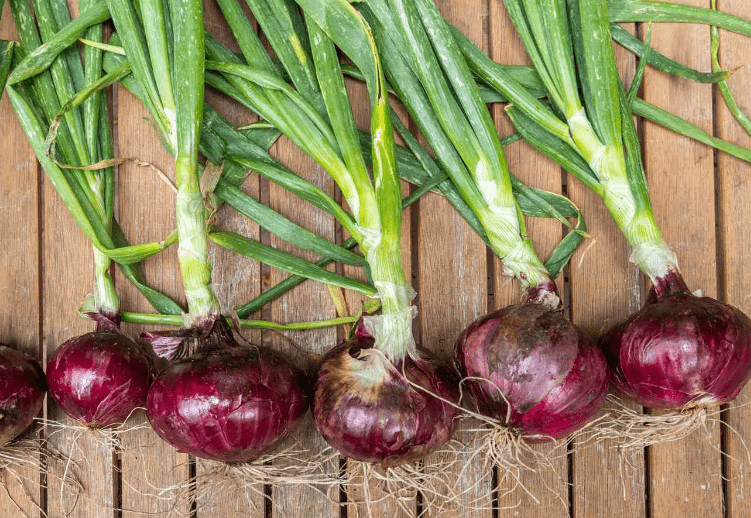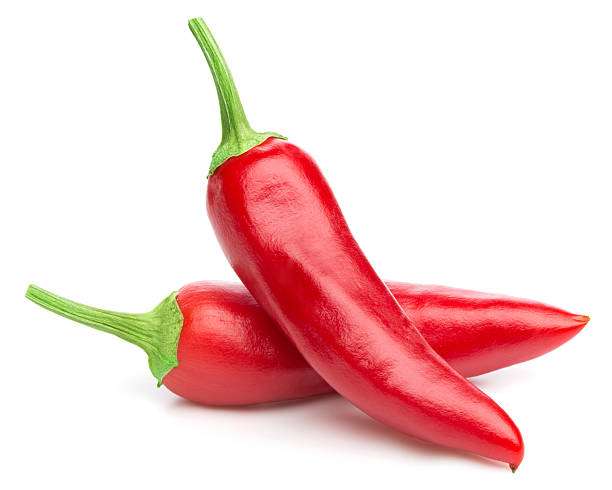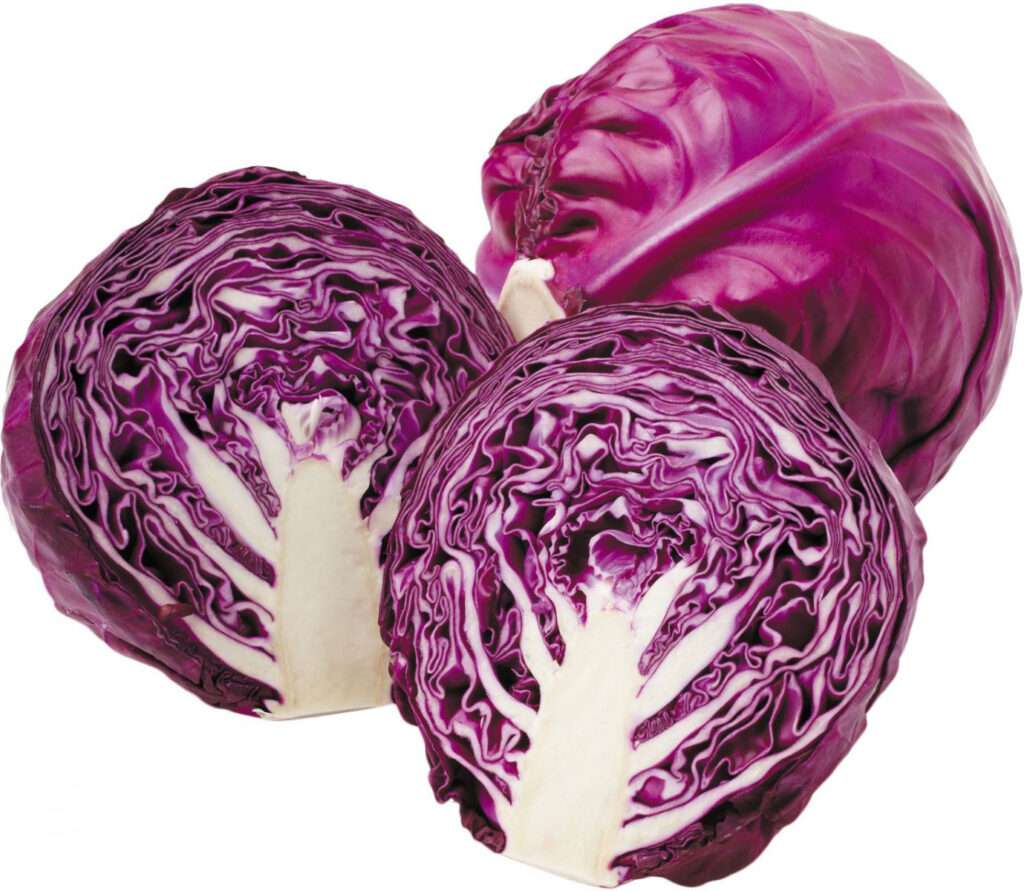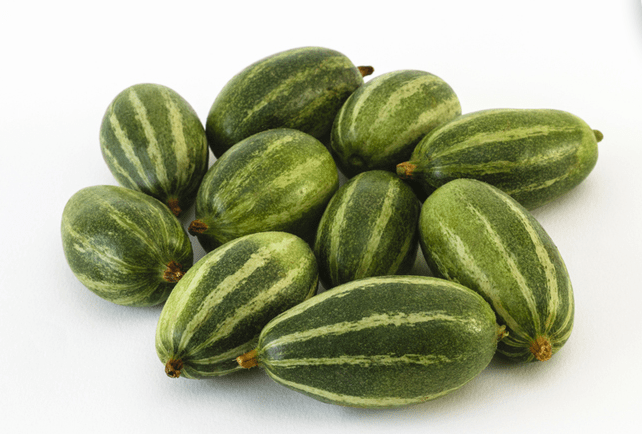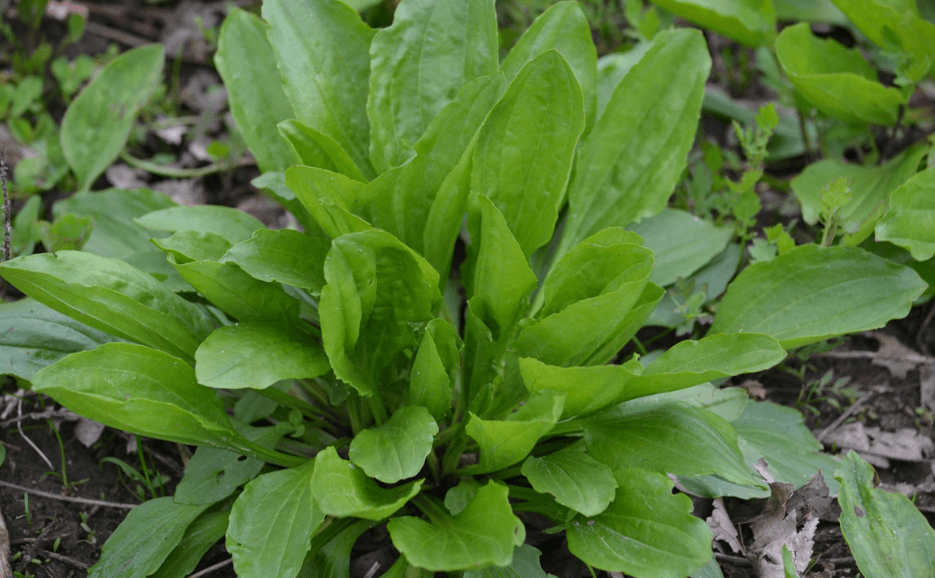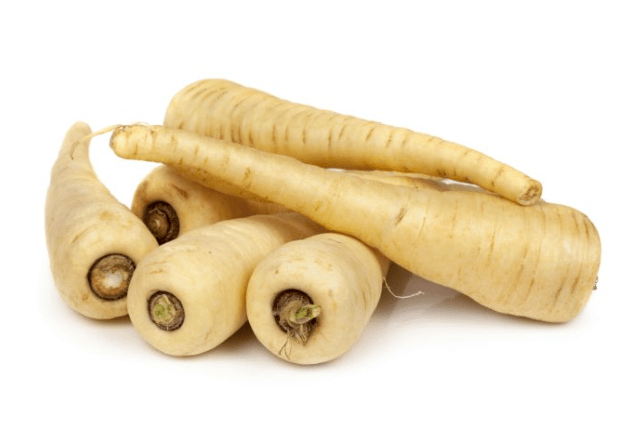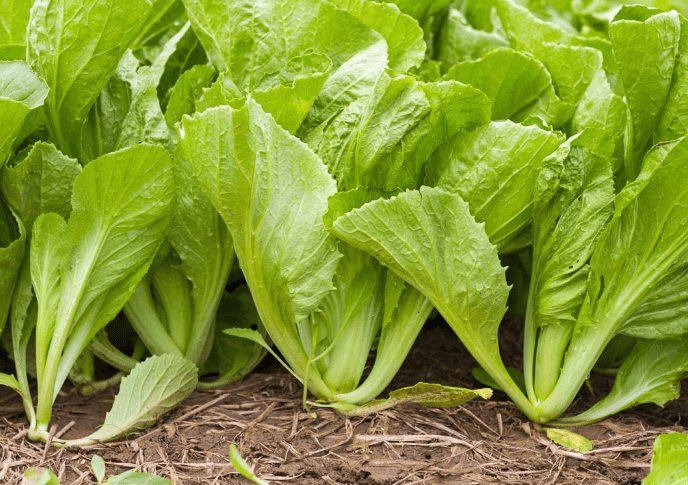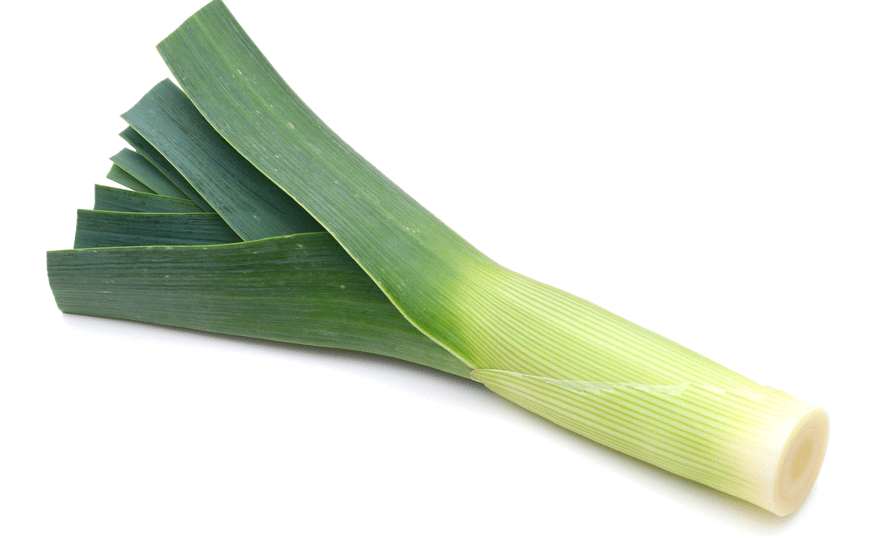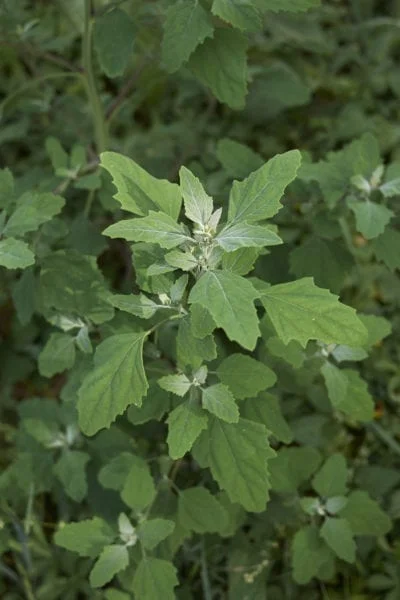Red Onion
Description Red onions are cultivars of the onion (Allium cepa), which have purplish-red skin and white flesh that is tinged with red. In some countries in mainland Europe, red onions are also referred to as purple or blue onions. The skin has also been used as a dye, though they are most frequently used in […]


